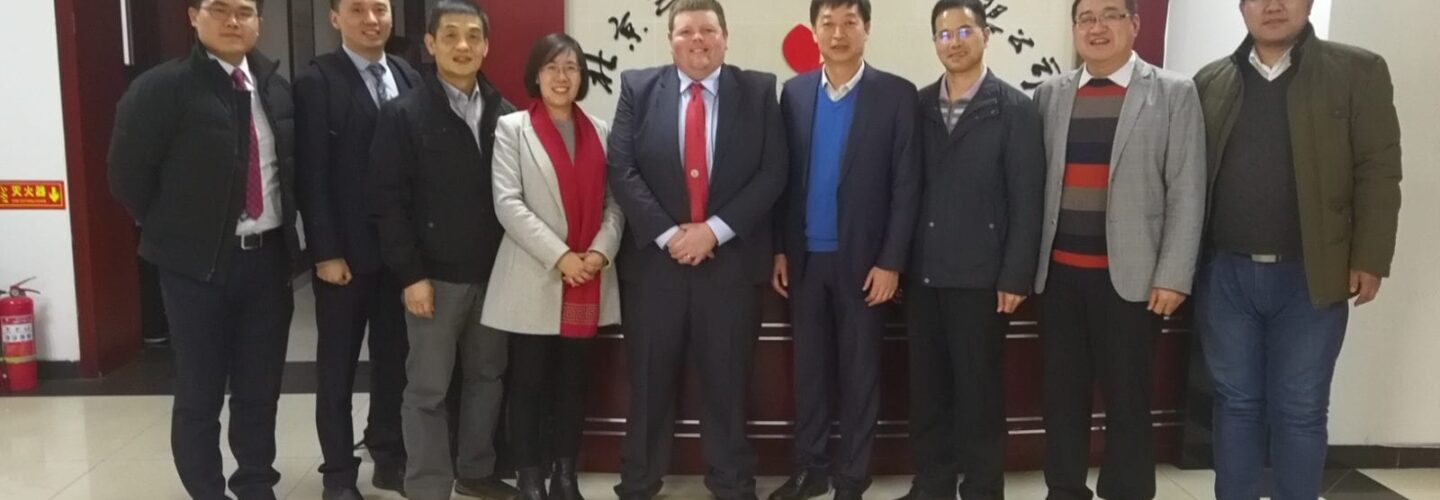
U.S. Soybean Farmer Participates in the 7th U.S.-China Swine Industry Symposium
American Soybean Association (ASA) director Caleb Ragland participated in the 7th U.S. – China Swine Industry Symposium and met with customer company representatives during his trip to Beijing January 5 to 10.
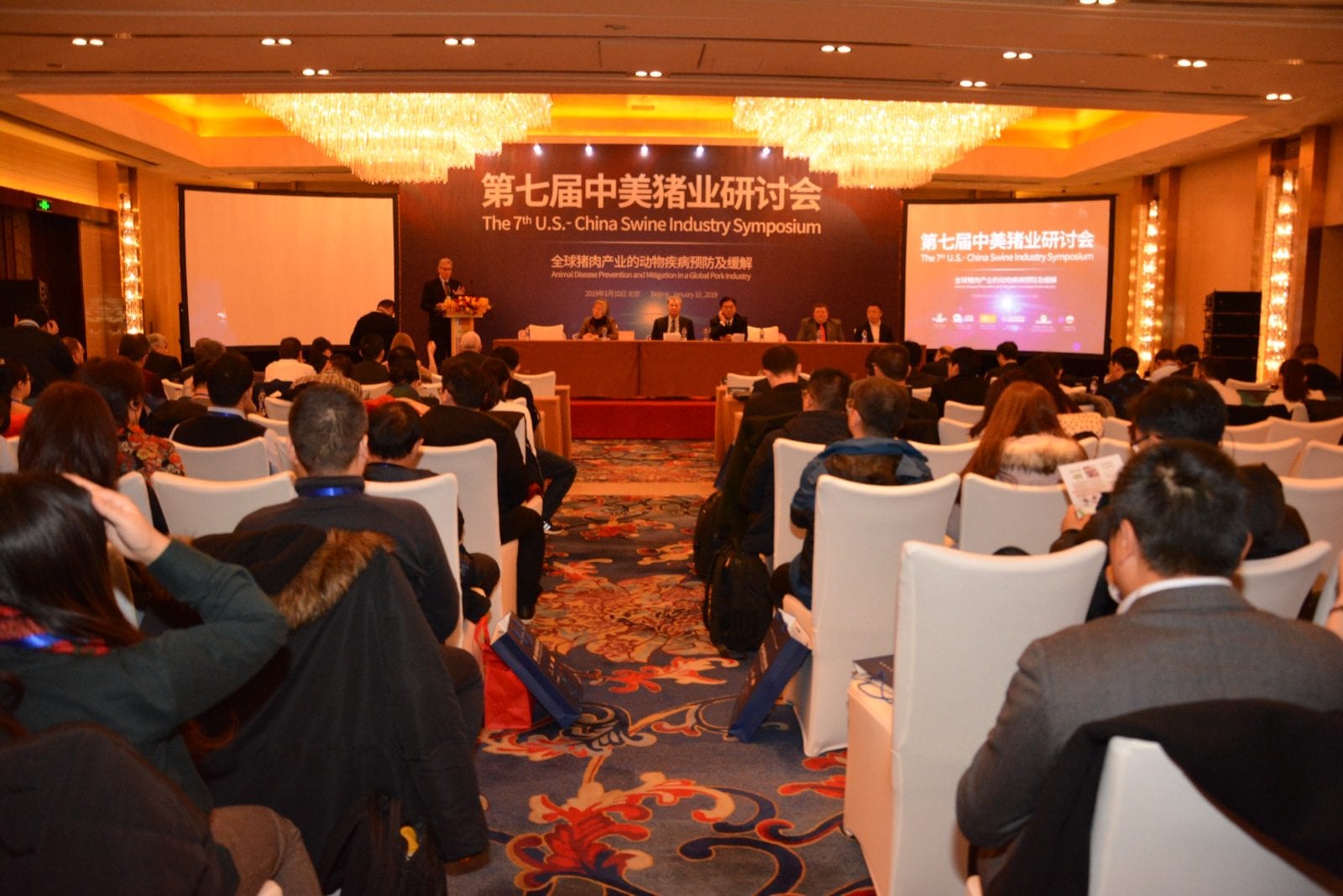

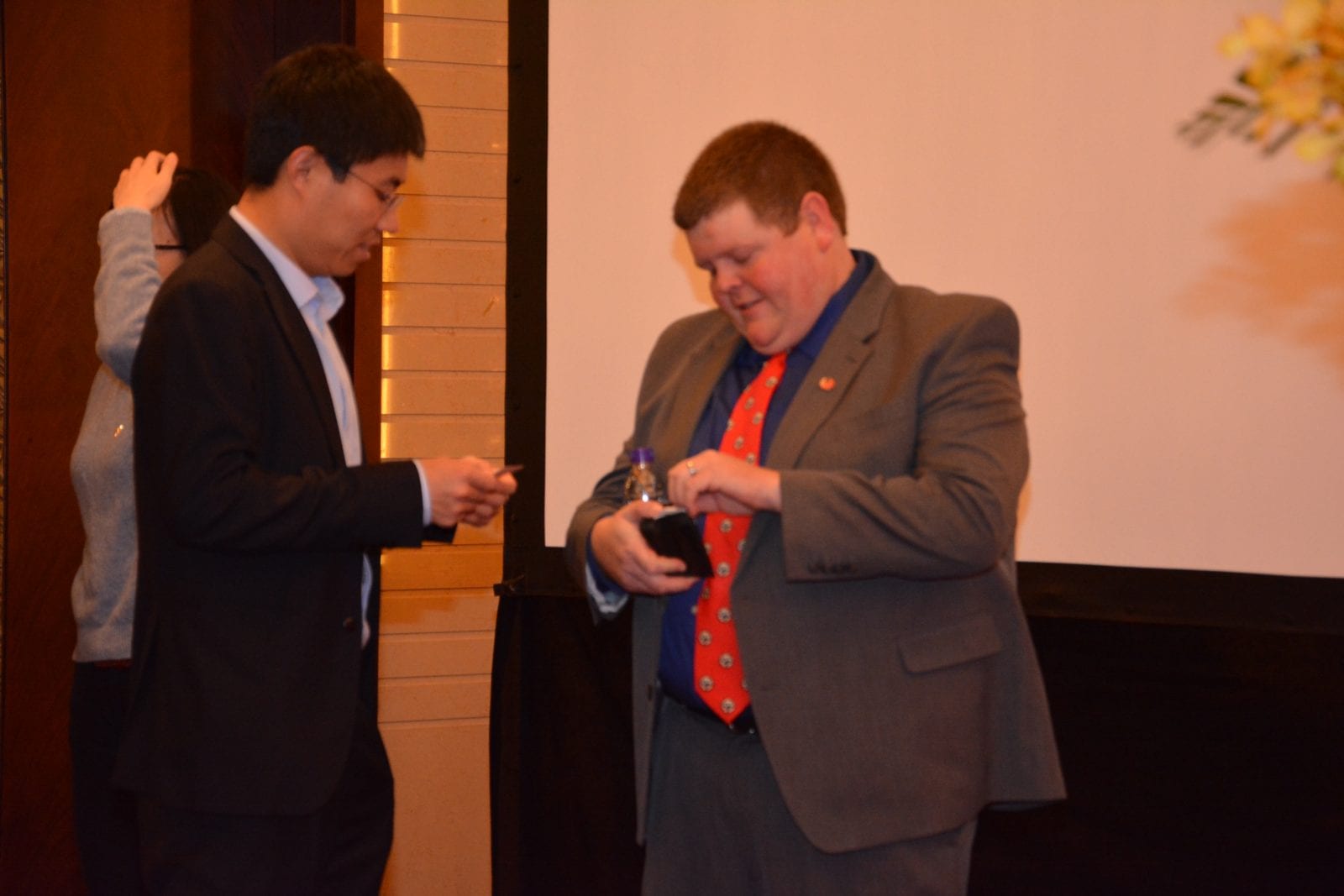

Mr. Ragland, a Kentucky soybean farmer who began serving on ASA’s board of directors in December 2017, delivered the opening remarks on behalf of the U.S. Soy industry during the Swine Industry Symposium. He promoted the advantages of U.S. soybeans and addressed the current trade issues between the U.S. and China, saying “we continue to have faith that increasing exports of U.S. Soy will help address the trade imbalance. U.S. farmers strongly believe in trade, not tariffs, and we are hopeful that talks between our respective governments will bring trade issues between our two countries to a mutually satisfying conclusion.” Later in a panel discussion, Mr. Ragland shared his on-the-ground experience in disease prevention and mitigation on his farm.
Participation in the U.S. – China Swine Industry Symposium was part of the U.S. soybean industry’s effort to reach out to China’s regulators and policy influencers to differentiate and create a preference for U.S. Soy in China. The program leverages a joint platform co-sponsored by the U.S. and Chinese agricultural cooperators including the U.S. Grains Council (USGC), U.S. Meat Export Federation (USMEF), China Animal Agriculture Association, China Chamber of Commerce of Foodstuffs and Native Produce, and Chinese Media Association. The U.S. – China Swine Industry Symposiums are part of the overall U.S. – China dialogue on issues affecting food safety, food security, and agricultural sustainability, agreed upon by China’s Minister of Agriculture, and the U.S. Secretary of Agriculture, in February 2012.
Animal producers the world over have been rocked by disease outbreaks occurring over the last several years. The outbreaks have caused changes in production practices, changes in industry structure, and changes in how countries procure feed, genetics, and animal products on global markets. China and the United States are the world’s largest and second largest pork producers and the pork industries in both countries are highly integrated into global markets for feed ingredients, genetics, and pork products. Not only does this integration make the swine industries vulnerable, but also the size of their respective industries would cause a major outbreak in either country to have significant implications for global markets, and also more difficult to recover. Because of these similarities and vulnerabilities in both countries, the 7th U.S. – China Swine Industry Symposium was organized around this topic. The Symposium provided an opportunity to discuss strategies that producers and processors can use to prevent the spread of disease, as well as how disease outbreaks affect industry structure and how global markets as well as domestic policies can help mitigate the effects of disease outbreaks.
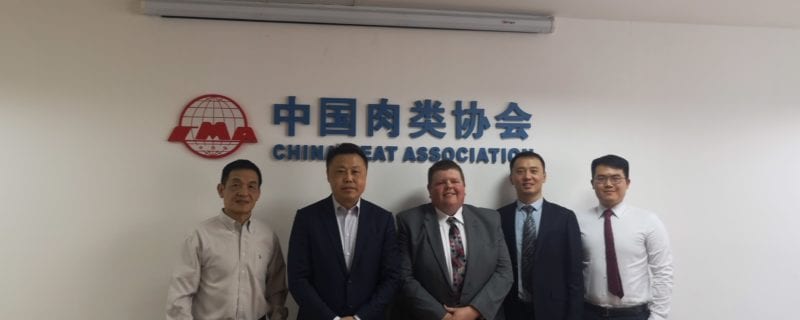
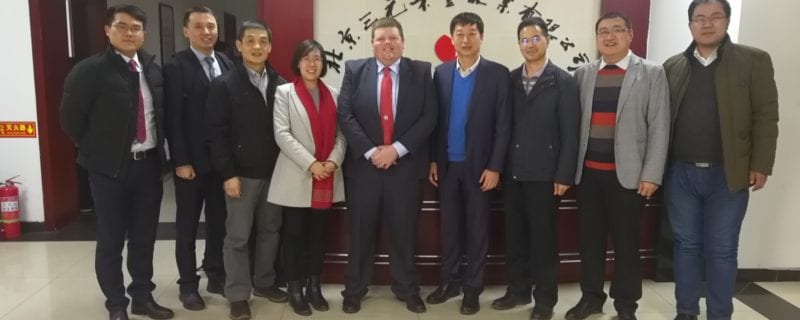
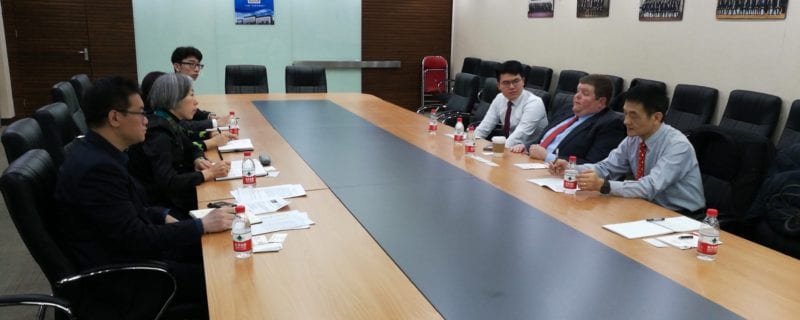
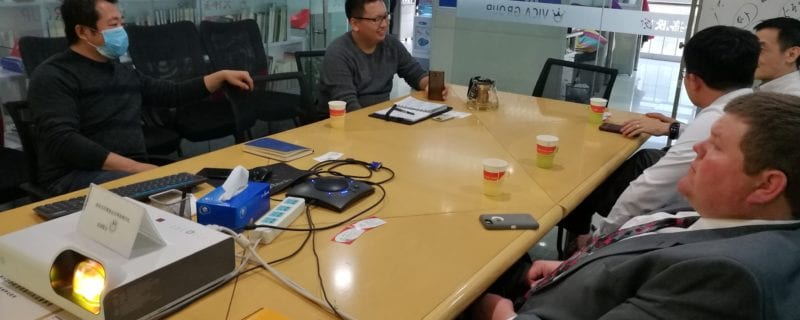
During his time in China, Mr. Ragland also visited co-sponsors of the Swine Symposium, including China Meat Association and China Chamber of Commerce of Foodstuffs and Native Produce and met with their leadership. He also visited U.S. Soy customer companies including VICA Feed Company and Wellhope Feed Company, provided updates on U.S. Soy storage and production, and reiterated the U.S. Soy industry’s commitment to the Chinese market and its willingness to continue providing its customers with world-class marketing and technical and communications services as it always has since 1982.